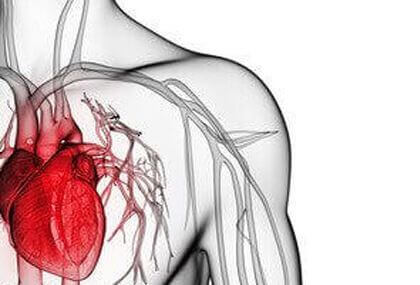Life-threatening complications that require surgery during TAVR are infrequent. The proportion was originally thought to be between 1% and 2%. However, we now know that it is lower, even though we do not know how frequent it is or what are its most common causes. Its evolution, both in the short and in the long term, is also unclear.
This study analyzed 27,760 patients who underwent TAVR through a transfemoral access between 2013 and 2016. Among them, 212 (0.76%) required emergency cardiac surgery (ECS).
Read also: Coronary Disease Works as a 30-Day Predictor in TAVR.
The mean age was 82.4 years old, 67.5% of all patients were female, 8.7% had prior cardiac surgery, ejection fraction was 56%; EuroSCORElog was 17.1% and the Society of Thoracic Surgeons (STS) score was 5.8.
In 46.2% of all cases, patients received a balloon-expandable valve; in 43.3%, a self-expanding valve, and, in the remaining 10.5%, a mechanically-expandable valve.
The causes for ECS varied: ventricular perforation by the guidewire was the leading cause in 28.3% of all cases, annular rupture in 21.2%, embolisation/valve migration in 12.7%, and aortic dissection in 11.8%. Other less frequent causes were perforation by a temporary pacemaker, coronary obstruction, cardiac tamponade, and ventricular perforation due to the valve delivery system. Most of these occurred during the procedure.
Read also: Mild Leaks: TAVR’s Silent Enemies.
Immediate procedural mortality (<72 h) was 34.6% and in-hospital mortality was 46.0%. In that sense, mortality was the highest in cases of annular rupture (62%). At 1 year, the survival of discharged patients was just 40.4%.
The predictors of in-hospital mortality were age (>85 years), annular rupture, and ECS.
Over time, the rates of annular rupture (as opposed to all other complications) decreased.
Read also: Who Lives Longer After TAVR, Men or Women?
Annular rupture was more frequent with balloon-expandable valves.
The study compared low-volume sites (18 TAVR procedures/year) and high-volume sites (116 TAVR/year), but found no differences as regards the need for ECS or mortality after surgery.
Conclusion
Between 2014 and 2016, the need for emergency cardiac surgery remained stable around 0.7%. Left ventricular guidewire perforation and annular rupture were the most frequent causes, accounting for almost half of all cases. Half of the patients could be salvaged by emergency cardiac surgery. However, at 1 year, the rates for all-cause mortality were high even in patients who survived emergency cardiac surgery and the in-hospital period.
Editorial Comment
This contemporary “real-world” registry showed that the need for ECS is very low and decreased over time. This is surely due to greater operator experience. Nevertheless, it should be noticed that cases of annular rupture are the exception. This proves that we must be extremely careful and demanding as regards computerized tomography scan measurements and selection of the correct valve implant.
Surely, no differences were observed between high- and low-volume sites because device-supplying companies have implemented a system through which they provide orientation and training to operators and groups.
Courtesy of Dr. Carlos Fava.
Original title: Incidence and Outcome of Emergent Cardiac Surgery During Transfemoral Transcatheter Aortic Valve Implantation (TAVI): Insight from the European Registry on Emergent Cardiac Surgery During TAVI (EuRESCS-TAVI).
Reference: Holger Eggebrecht et al. European Heart Journal 2018,0:1-9
Get the latest scientific articles on interventional cardiologySubscribe to our weekly newsletter
We are interested in your opinion. Please, leave your comments, thoughts, questions, etc., below. They will be most welcome.






